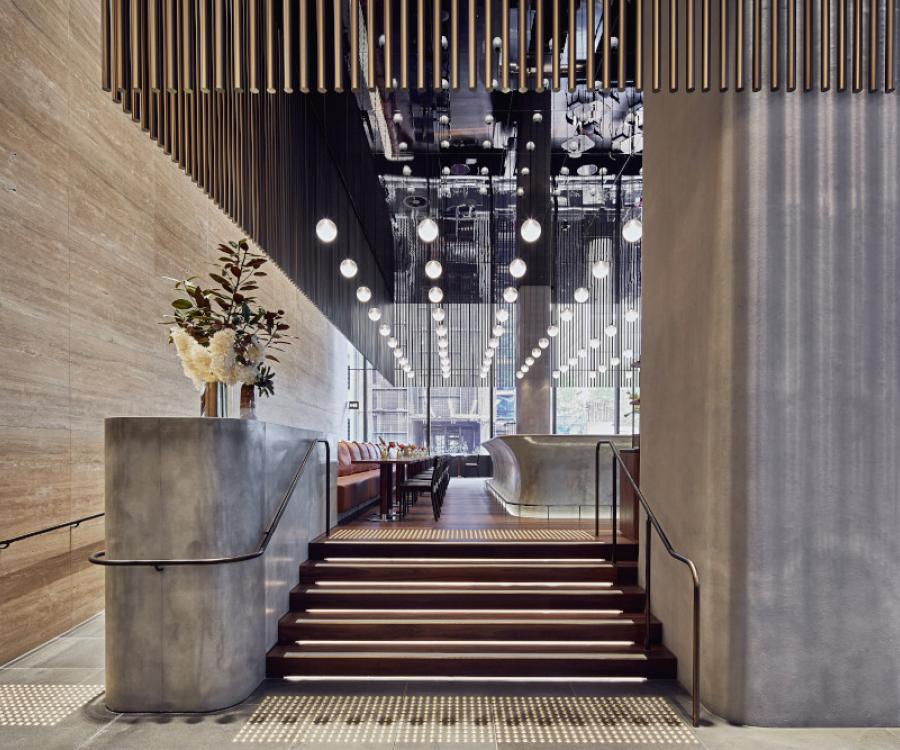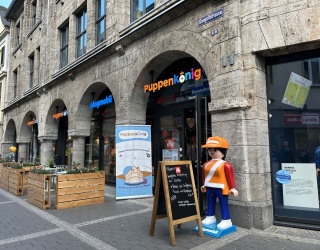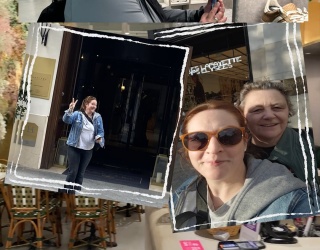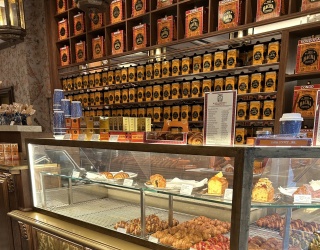EuroShop, The World’s Leading Retail Trade Fair taking place in Düsseldorf from 16 – 20 February 2014, will cover an area of over 110,000 m² in 16 exhibition halls for the first time next year, making this edition the largest EuroShop of all time. One sector experiencing a particular boom at the forthcoming EuroShop will be the lighting sector. This success didn’t come by accident, as investments in store lighting continue to be a major priority for retailers. The latest results of the 2014 EHI Store Monitor survey confirm this trend.
Two equally important drivers propel the retail sector forward in this area: the desire to use lighting at the POS in order to create attractive merchandising landscapes with heightened emotional impact and the need to make store lighting more efficient and economical due to steadily rising energy prices. LED technology is considered the perfect solution when it comes to combining efficiency and emotion; it has become the dominant theme in the retail world. Acceptance is growing in every branch of retail but nowhere more so than among food retailers: according to EHI research, the technology has already captured a 60% share of total lighting in the food retail segment. Philips Lighting puts it this way: “Its advantages in terms of energy efficiency, light quality and controllability over the conventional lighting solutions previously dominating this area are simply unbeatable.” The shift toward LED is taking place more slowly in other areas: the technology’s share of total lighting in the non-food sector is at 30% right now. Most notably, LED lighting is still in the early stages at clothing and fashion retailers – industry experts cite the high-intensity illumination required for accent lighting as one reason for that. Conventional discharge lamps are (for now) said to be the more economical solution at comparable output levels.
Manufacturers have worked feverishly in recent years in an attempt to further improve the performance of digital lighting technology while at the same time also continuing to push the performance limits of conventional lighting technology. Lighting experts have observed that the European market is particularly discerning and highly interested in efficiency, light quality and technological innovation. Bäro, for example, reports that retail chains in Germany’s neighbouring countries have been particularly early and no-holds-barred adopters of this technology of the future. In the UK, for example, Philips currently implements all retail projects exclusively with LED lighting solutions.
In-depth R&D, most notably in the last 18 months, has produced LEDs that don’t just perform better but are more economical at the same time. Reaching a value of 120 lumen per watt, LED lights already surpass metal halide lamps – themselves very highly developed lights – in terms of light output. Now that such a high technical level has been reached, it seems the time has come to focus on the long-expected cost benefits of LED technology. A longer lifetime and reduced energy consumption put the higher purchasing cost for LEDs into perspective; according to independent lighting planners, payback periods of three to five years are more or less already within the timeframes demanded by retailers. Therefore, the latest generation of high-quality products at EuroShop should provide additional impulses for switching to this future-oriented technology. The sector also expects similarly critical quality improvements in luminosity and colour rendering, all of which were, in the eyes of retail lighting specialists such as Bäro and Ridi, areas where LEDs have still lagged behind conventional lighting solutions so far.
In general it’s becoming apparent that lighting doesn’t necessarily make the presentation of merchandise more attractive all by itself. That’s why there’s a trend toward more gripping displays in which overall illumination is dialled back in favour of an intense, stage-worthy focus on the merchandise through precisely directed light. This approach emphasises three-dimensionality, heightens haptic perception and renders colours brilliantly. In short, light evokes emotions and turns the product into the object of desire. The masterful interplay of light and darkness structures the sales floor and accentuates the interior design features of the shop. It’s unmistakable: Shop lighting increasingly appropriates the fundamental design tools of theatre and opera stages for the world of retail. But the full extent of what LED is able to deliver at the POS can unfold only in conjunction with digital control systems. They ensure that the desired illumination in the store is deployed at the right place, at the right time and in the right amount. This is another area in which EuroShop trade visitors can draw inspiration from the new products and applications displayed at the trade fair stands.
How will LED technology impact future luminaire design? The trend towards miniaturisation in light fittings and more flexibility will continue, say Osram.
In line with this trend, micro-structured and prismatic lenses will increase in importance for directing light in linear systems; these bring the specific benefits of LEDs to bear. In contrast with classic reflector technology, prism lenses allow a variety of light distributions without the need to make the luminaire bigger. In line with the motto “light rather than luminaires” manufacturers in the fashion segment expect a trend towards unobtrusive recessed luminaires where the light source as such remains next to invisible.
Shop lighting overall is developing into a more and more complex topic, and lamps and fittings aren’t the only important pillars. The retail sector’s need for services is growing correspondingly, with lighting design playing the leading role: 82% of retailers surveyed by the EHI Retail Institute considered professional consultation services desirable. That’s why more and more lighting planners and designers specialise in providing lighting concepts for the retail industry. For the first time ever, EuroShop will provide a separate platform to these independent experts at the “Lighting Designers’ Zone.” The special area carved out for this purpose in a central location in Hall 11 will offer international retail trade visitors the opportunity to get up-to-date information on the latest projects and lighting design options or to seek consultations on individual lighting solutions.








